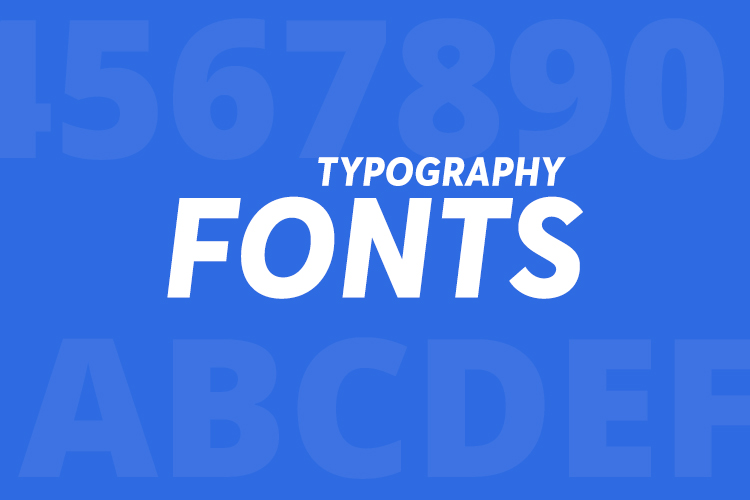Typography
Choose the best fonts for your course
Typography gets ignored tons in e-learning because it isn’t the most focused for several e-learning developers. Many don’t have a design background, but something as simple as choosing the wrong font can affect how your content is absorbed. Choosing fonts for your online courses is important. First, don’t mix two different fonts of an equivalent type. Use display fonts sparingly, especially if they’re hard to read. Helvetica fonts to not distract from the display text. Don’t put important info during this font, like a telephone number. Use display fonts to a minimum. Never mix them. Readability plummets once you mix display fonts.

An honest rule to recollect is that light colors draw attention to quite darker colors. For instance, here you would like to draw attention to the corporate name first, so making it a lighter color accomplishes that. Generally speaking, most e-learning courses use Helvetica fonts because they’re typically more readable online. If you want to use serif fonts, follow good typography rules, and confirm the text is readable. One tip which will help with serif fonts online is to extend the tracking slightly. Tracking is that the space between characters. No matter the fonts you select, leading or line spacing also can affect readability. This is often the space between lines of text. Keep your line spacing to an inexpensive amount. and eventually, the essential rule no matter what fonts you’re using. Alignment plays a task in readability also. Typically, left-aligned is best for readability. Use centered text for headlines, subheads, quotes, short phrases. And right-aligned is never used because it’s extremely hard to read. The proper fonts can make all the difference in readability. Making good font choices is an integral part of developing successful e-learning courses.

